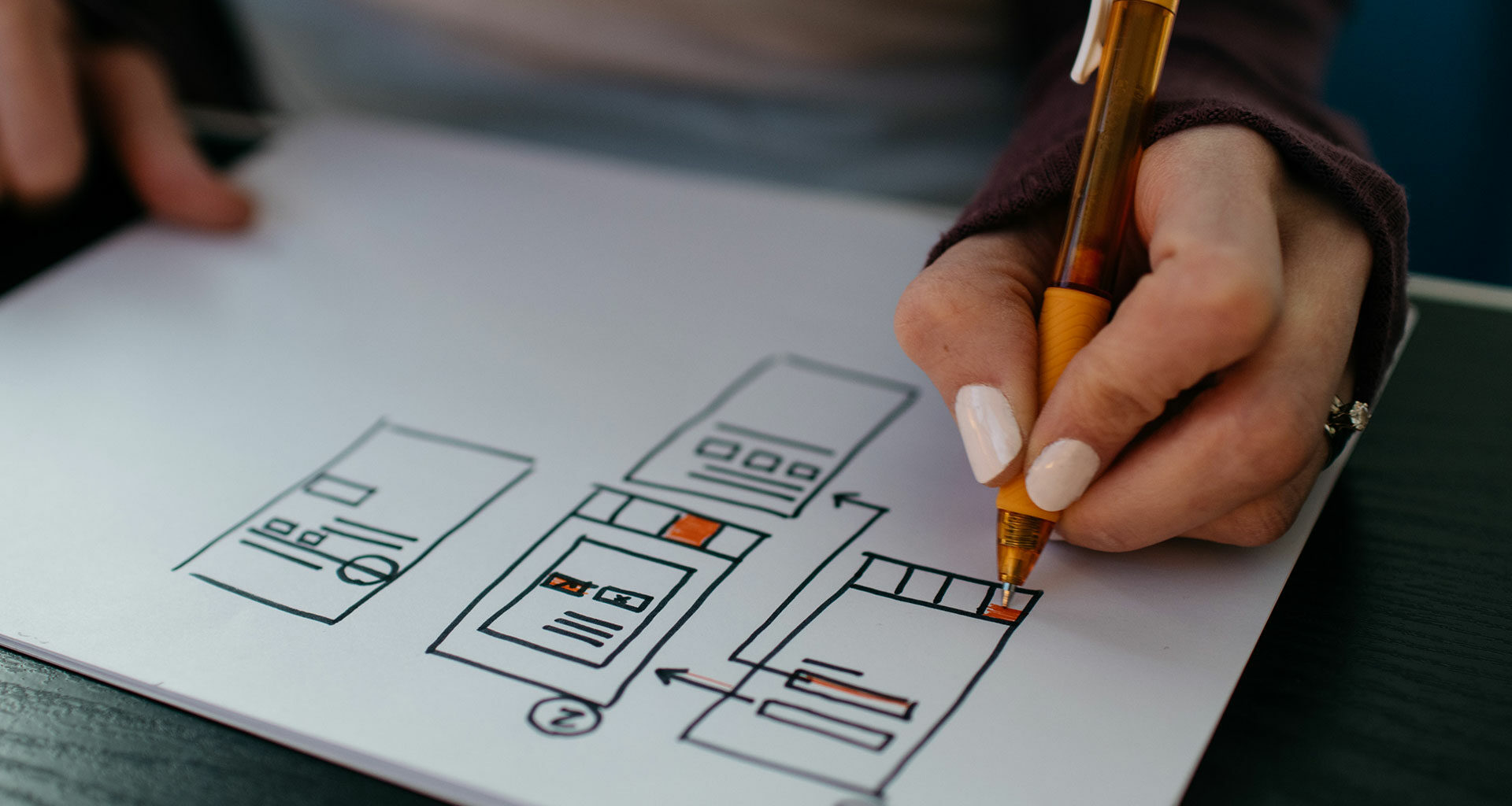UX and UI are often used interchangeably, but the truth is that there is a world of difference in their meanings. Simply put, UX stands for user experience design, whereas UI stands for user interface design. While both share a professional relationship, their roles vary depending on the different aspects of the product development process and design discipline.
In fact, the confusion is not just limited to what UX and UI mean. There are several misconceptions that exist around UX and UI designers as well. In this article, we will take a look at some of those common misconceptions and attempt to bring clarity on the subject.
UX & UI
The work of UI and UX designers are not mutually exclusive, but they are not the same thing either. A UX designer works on a user’s complete journey to solve a particular problem. The designer focuses on pain points that a user may come across while going through a website or an app, and finds out ways to solve those problems. A UX designer, on the other hand, carries out extensive research to find a target audience and layout what their exact needs are around a specific product. The UX designer creates an information architecture, which includes how content is organized, how to label a product, and other features a user might need. They also create wireframes to set bare bone blueprints for the product.
On the other hand, a UI designer takes care of the visual journey of a user through the website or app. This could include individual screens, touchpoints, scrolling down a page, or swiping through a gallery. UI designer’s work is not only limited to designs, but they also play a significant role in determining whether a product is accessible and inclusive. From enhancing readability, to creating colour pairing for a user with colour blindness, the UI designer deals with it all.

UX Is All About Digital Design
A common misconception which continues to exist is that a UX designer’s work is only limited to digital designs. It must be noted that UX designs are not only limited to the edges of a user’s screen. It is neither a layer nor component of a product or a service. In fact, it is to enhance the entire user experience at all levels. For example, a branding design can be all about the user’s perception. Still, when compared to industrial design, it could be about how a user feels and interacts while using the product.
UX, UI Designs Are Not Just For Users & Designers
It is indeed true that the user’s preference is integrated into the entire designer process, including understanding their needs, pain points, goals, as well as building their personas, since it is the designer’s responsibility to ensure that the user’s expectations are met. But UX designing also takes into consideration the demands of the organization. UX design is usually done keeping in mind the goals and objectives of an organization, and this includes a thorough understanding of the product vision.
When it comes to UI designing, the design of an interface resides with the designer. But the interface belongs to the organization, due to which designers do not have the flexibility to completely own the project in terms of the design one sees on a website or app.
Design Is A Single Discipline
Many tend to believe that UI and UX design is a single discipline, but the reality is that both consist of different branches. It is essential to bring different methodologies, tools, approaches and disciplines altogether, which gives birth to a good design. Some of the conventional methods and techniques used for UX designs are value proposition, product strategy, competitive audit, cultural probes, heuristic evaluation, card sorting, guerilla testing, usability testing, and more.
On the other hand, UI design methods include user interface elements, and wireframing, and takes into account the schemes and structure of an organization.
Design Is Just An Addition
It is a common misconception that a design or a designer’s role is just an addition on top of other essential operations. Integrating design in everything that a company does is a necessity if it wants to have a share of the market space in the long run. In fact, designing may be as crucial as business goals, marketing strategy, sales, product requirements and development resources.
This is because UX designing defines a consumer’s journey on the website or app. Furthermore, a good UI design displays the products on offer with clarity and may turn a visitor into a potential buyer.
This article originally appeared in AnalyticsIndia. Photo by Kelly Sikkema on Unsplash and by UX Store on Unsplash.











